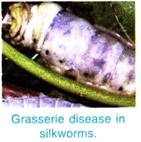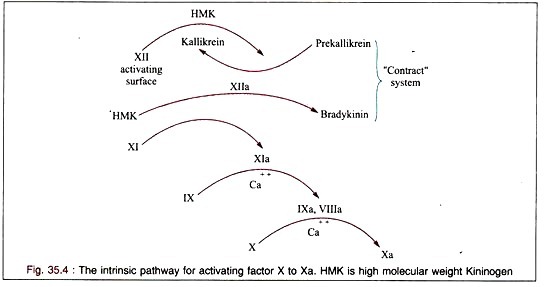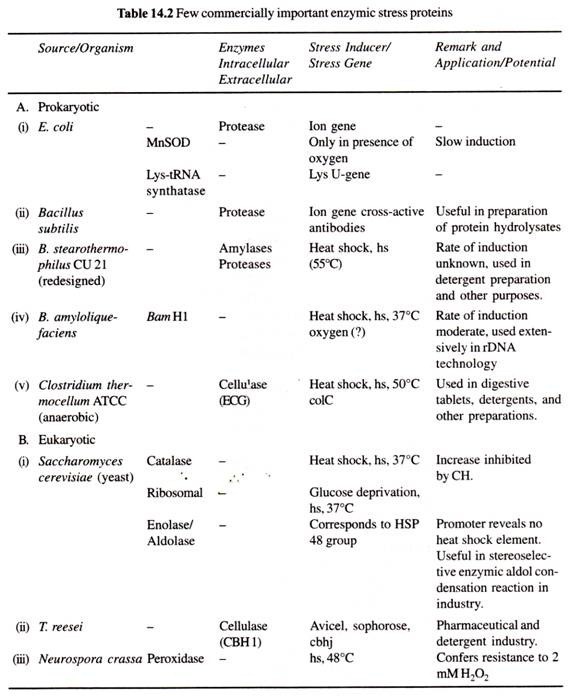ADVERTISEMENTS:
As medium engineering means designing (micro) environments for bio-cells/biocatalyst with the objective of reaching maximal activity, stability and hence productivity it exerts, therefore, great influence on bio-reaction kinetics.
Production of gluconic acid as discussed above provides a good example of the same.
The scheme of this bio-reaction is as below.
As found experimentally one mole of glucose gives one mole of intermediate (gluconolactone) which on hydrolysis gives one mole of product (gluconic acid). From this bio-reaction stoichiometry one may write the following equality.
Rate of glucose/substrate consumption = Rate of intermediate accumulation/formation = Rate of product formation.
Where Mp is the molecular weight of product (gluconic acid) and ML is the molecular weight of the intermediate lactone. Therefore, the ratio MP/ML is a constant. f3
It indicated that rate of production of gluconic acid by Ps. ovalis B1486 is directly proportional to the concentration of accumulated gluconolactone. Following above dynamics of the bio-reactions the kinetics of this cell growth associated product formation as has been observed in batch fermentation in CSTBR as follows.
Substrate uptake rate:
Appropriateness of these kinetic equations could be checked by computer simulation of the models with IBM 7040 system I computer using MIDAS program (Modified Integration Digital Analog Simulator). Further investigations on this batch fermentation in a horizontal rotary thin film bioreactor (HRTFB) had indicated a time dependent variation of km value, and ammonium acetate as a limiting nutrient (ss). Kinetics of batch gluconic acid fermentation in HRTFB using a cell concentration of 0.10 UOD ml-1 as inoculum was proposed by the following equations:
Since it was not possible to solve the simultaneous nonlinear differential equation in an analytical manner numerical solution was approached. IIT Delhi’s ICL 1909 digital computer was used with fourth order Runge-Kutta programmer for simulating the fermentation kinetic model developed as given above.
The kinetic parameters, determined by graphical analysis of batch fermentation data were used in computer simulation. An abrupt variation of km in the time range 9.0 to 9.5 hours and then its linear fall from 9.5 to 14 hours led two linear equations with time (by least square method)
km = – 3.8 t + 7.0 (9.0 < t < 9.5 hrs.)
ADVERTISEMENTS:
and
km = – 1.13 t + 5.665 (t > 9.5 hrs.)
These equations were considered in computational process and the values of slopes and intercepts of the above km relations were used in analysis. A value of kL/km of 1.13 was used throughout the computational process.
Comparisons between computed and experimental results as observed by Humphery and his associate in their simulation with MIDAS program in IBM and by Ghose and Mukhopadhyay in their simulation by ICL 1906 using fourth order Runge Kutta Method have shown an excellent fit between the two values.
ADVERTISEMENTS:
It was therefore obvious that adequate modeling of bio-reactions in a process biotechnology can enable the production personnel in a fermentation plant to select a set of operating conditions, which may well be time variant that will produce maximal yield, in minimal time. Engineered medium make it easier for modeling of bioprocessing and its computer simulation.






